Chock-full of goofy and irreverent metaphors, this post from self-help author Mark Manson is a fun read. Don't let the irreverent tone fool you - Manson has sharp insights into what self-esteem is, why it has such a hold on the popular imagination, and why that hold is perhaps misplaced. His casual style, and adult language might not appeal to everyone, but it's certainly not boring. He helpfully includes footnotes to deeper reads if you're interested in a more in-depth approach and provides essential tips for cultivating a healthy sense of self-appreciation.
Many believe that self-esteem is essential to a healthy and happy life.
In the 1960s, scientists believed that they discovered the key to success: self-esteem. They believed that this quality correlated to other desirable traits including academic achievement, high salaries and good mental health. They also believed that a lack of self-esteem produced negative effects such as unemployment and violence. This assessment was based largely on assessments of the professional class, all of whom had one unifying quality: self-esteem. The scientists believed that if they could spread self-esteem, the world would become free of social ills including crime. This was the start of the movement to make people feel good by flattering their egos with participation trophies, inflated grades and a general lowering of standards.
Self-esteem doesn’t necessarily predict good outcomes.
Unfortunately, the truism of psychology isn’t so true and the data don’t bear out the 1960s scientists. Subsequent...
Mark Manson is a blogger, entrepreneur, and author books, including The Subtle Art of Not Giving a F*ck. He studied business at Boston University.




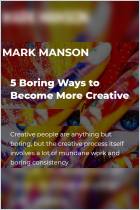
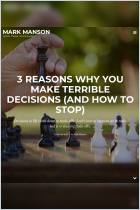











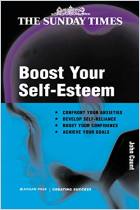


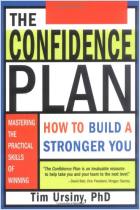
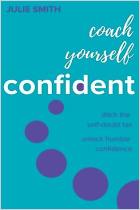
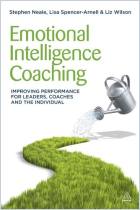



Comment on this summary